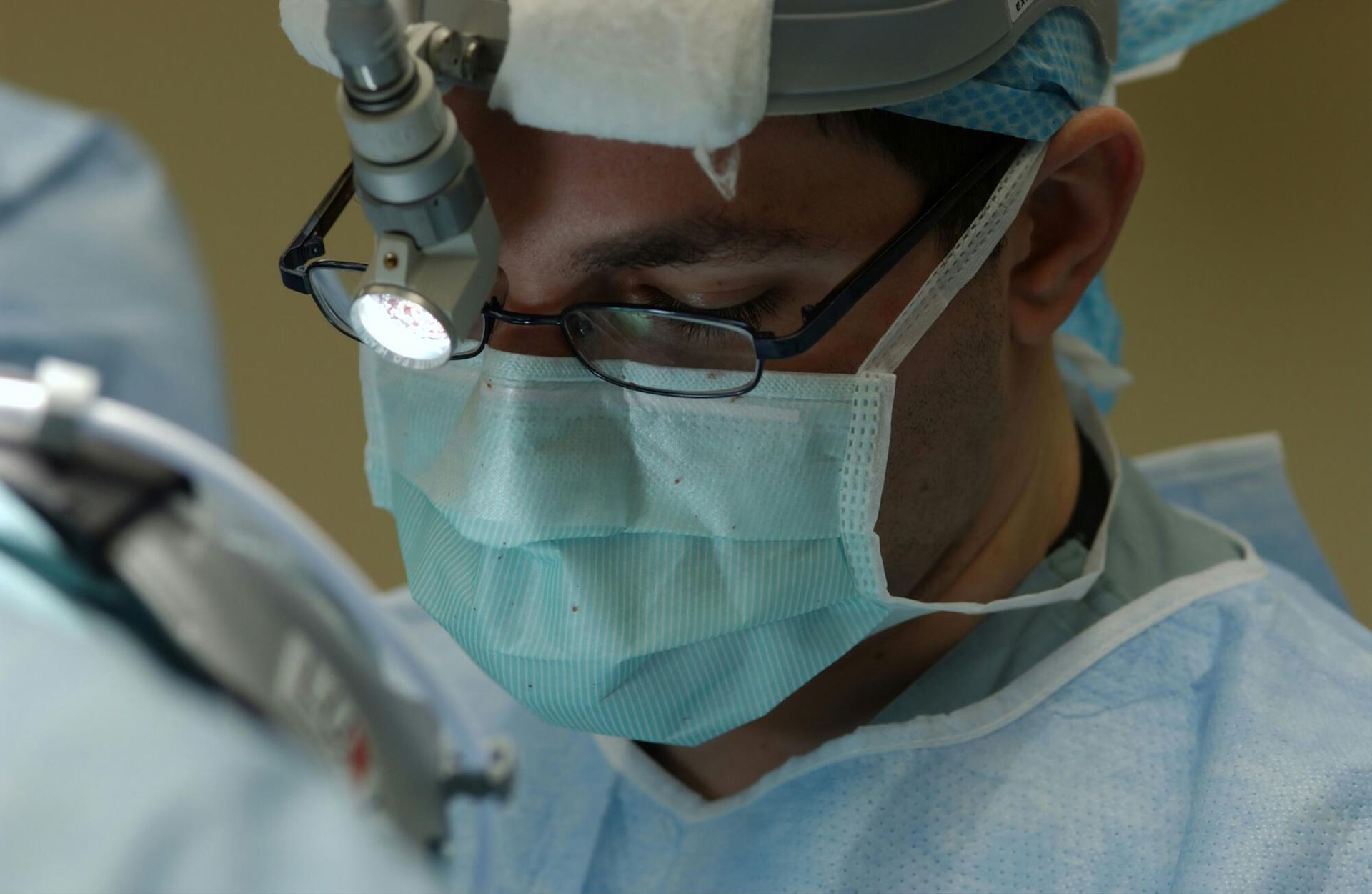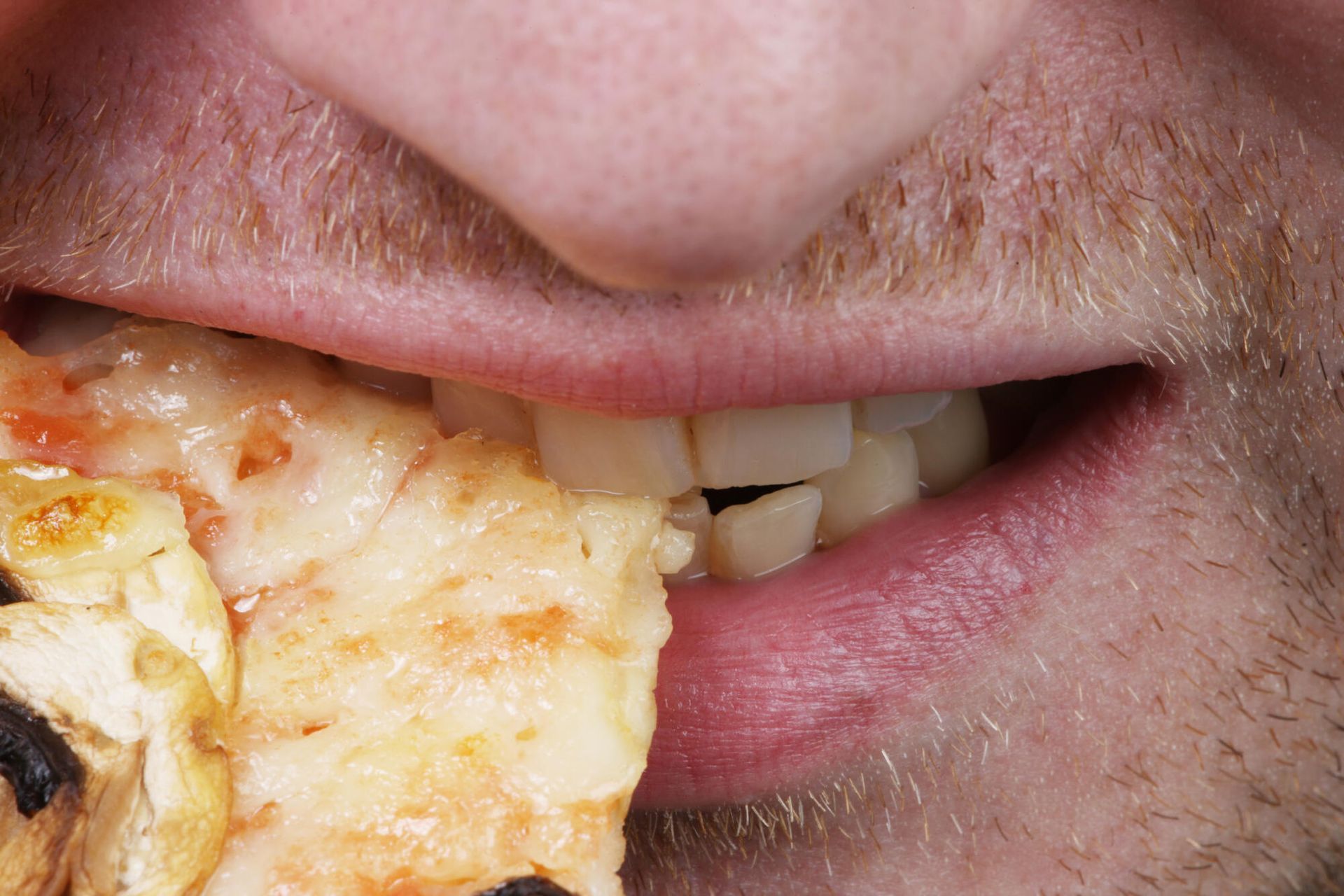Effective TMJ Relief at Home Through Lifestyle Changes
Since anywhere between five and twelve percent of Americans struggle with temporomandibular joint disorders (TMJ), experts have spent a lot of time looking into home remedies.
Taking the right steps at home can help you decrease pain and soreness. Here, we'll discuss how to work toward:
- Stress relief
- Better posture
- Relaxation
- A good diet
- Quality sleep
Read on to get some TMJ relief at home!
Reduce Stress in Your Daily Life
Stress is one of the biggest risk factors for TMJ jaw pain. Those who are more stressed will:
- Clench their jaws
- Speak more stiffly
- Grind their teeth
Since TMJ is intimately connected to anxiety, it's important to take measures to combat this anxiety in your daily life.
To reduce stress:
- Do regular deep breathing exercises
- Exercise regularly for holistic health
- Make time for hobbies and interests
- Declutter and clean your space
- Stay in touch with friends and family
- Practice keeping a positive mindset
- Write down your feelings in a journal
Taking these simple steps can help you increase your TMJ-decreasing self-care routine.
Decrease Screen Time
Studies published in the National Library of Medicine indicate a positive correlation between stress and social media use. This makes sense, as people on social media are constantly comparing themselves to others.
Limiting your time on Instagram and Twitter/X can help you stay positive.
However, screen time also creates stress, even if you're just playing games or watching shows. Blue light harms sleep and makes you feel tenser.
Excessive use of a laptop or smartphone will lead to poor posture. You'll keep looking down and develop a prolonged forward head posture.
This can create a lot of strain on your neck and jaw. TMJ can last for years if you don't do something about it and improve this problem.
Improve Your Posture
Developing better posture can provide a lot of TMJ relief at home.
Those who have good posture align their heads above their spine. Their jaw and ears will remain above their shoulders.
If you don't sit or stand straight, your head will incline forward. Slouching like this puts a lot of strain on your neck and jaw muscles. Your jaw will try to overcompensate for the bad posture, which adds undue pressure to its muscles.
This pressure can lead to worsening TMJ pain if you slouch frequently!
Some ways to improve your posture include:
- Paying attention to your posture while standing or sitting
- Wearing comfortable shoes
- Investing in quality insoles
- Getting ergonomic workspace furniture
- Investing in comfortable bedding and pillows
- Eating healthy and exercising regularly for a healthy weight
Stretch and Get Light Exercise
When you exercise regularly, your jaw becomes less tense. This is because gentle exercises build strength in your muscles and boost your posture. Functional muscle movements provide you with a way to build posture purposefully.
Some exercises to try include:
- Yoga
- Stretching exercises
- Meditation
- Swimming
- Lifting light weights
- Light jogging
Aerobics, in tandem with ergonomics, really works wonders!
Try Home Relaxation Techniques
You don't just want to exercise your body to nip TMJ in the bud with posture. It's also important to address the root of the problem with jaw exercises.
One simple thing to try is unclenching your jaw, keeping it slack, and counting to ten. Repeat this a few times to loosen your jaw up. It can provide some short-term relief.
You should also try effective TMJ relaxation techniques for longer-term relief. These include:
- Deep breathing to raise oxygen levels
- Moving your jaw side to side loosely
- Touching the tip of your tongue to your top teeth
- Opening your mouth with a finger beneath your chin
- Closing your mouth with a finger between your chin and lower lip
Create a daily routine that incorporates these exercises. You'll get some pain relief while strengthening your jaw muscles and improving posture. It can work in tandem with treatments like Dental TENSing to help relieve you of TMJ symptoms.
Take Warm Baths
Warm baths are a natural remedy for muscle tension in several ways, including:
- Zapping tension from muscles
- Improving your circulation
- Making muscles more flexible and elastic
- Alleviating mild-to-moderate muscle pain like TMJ may cause
Taking more baths as pre-emptive measures to combat TMJ reduces the likelihood of regular pain. Taking a bath during a TMJ flare-up may also reduce the length of the pain.
You can make the bath even more relaxing by:
- Safely lighting candles (or fake candles) in your bathroom to improve the lighting ambiance
- Adding Epsom salts with relaxation-promoting magnesium content that soothes sore muscles
- Reading a favorite book to lower your heart rate and make you feel happy
Sleep Better: TMJ Relief at Home
In addition to professional TMJ treatment, getting better sleep is a critical part of combatting TMJ. Sleeping better decreases stress and lowers the chance of bruxism while asleep. Sleeping also works to heal TMJ-related inflammation.
You should:
- Get a comfortable mattress and pillow
- Wear a bruxism-combatting mouth guard
- Create a nighttime routine
- Sleep at consistent hours
- Avoid screen time for an hour before bed
- Run your sleep plan over with TENSing treatment professionals
Maintain a TMJ-Friendly Diet
Dental experts have long recommended dietary changes for those with oral health issues. While chips and cereals taste great, they're extremely hard and crunchy. The tough-to-chew nature of these foods adds extra tension to your jaw.
Seek softer snacks like:
- Cottage cheese
- Avocados
- Whole-grain pasta
- Rice
- Applesauce
- Soft fruits
You also may want to cut your food into smaller pieces when eating meals. This makes it easier to chew the food, and you won't need to overexert your jaw by biting off tough pieces of larger foods like meat or potatoes.
Beyond Natural Remedies for Jaw Pain
Now that you know how to get TMJ relief at home, it's time to look for professional assistance in getting your oral health back on track. Dental Care Burke is committed to helping Virginia patients conquer TMJ and get their lives back on track.
Dr. Bernard Lynch is excited to put the knowledge he gained at Tufts University School of Dental Medicine to good use. He is also a Fellow of the Academy of General Dentistry, a distinction that only 1% of dentists across the US can claim to have.
Schedule an appointment for
TMJ and TMD Dentistry today!












